Hybrid cars are becoming increasingly popular as drivers seek to reduce their carbon footprint and save on fuel costs. However, there is still some confusion surrounding the need to charge these vehicles. This article will explore the different types of hybrid cars, their charging requirements, and the benefits of keeping them charged.
What are Hybrid Cars?
Hybrid cars are vehicles that combine two types of power sources: an internal combustion engine (ICE) and an electric motor. This dual-power setup is designed to enhance fuel efficiency and reduce emissions compared to traditional gasoline-only vehicles. By leveraging the strengths of both power sources, hybrid cars offer a more environmentally friendly and cost-effective driving experience.

Types of Hybrid Cars
There are three main types of hybrid cars, each with distinct characteristics and functionalities:
-
Mild Hybrids Mild hybrids use an electric motor to assist the internal combustion engine but cannot run solely on electric power. The electric motor provides additional torque during acceleration and helps with regenerative braking, which captures energy that would otherwise be lost during braking and uses it to recharge the battery. This type of hybrid offers improved fuel efficiency without the need for external charging.
-
Full Hybrids Full hybrids, also known as strong hybrids, can operate on the internal combustion engine, the electric motor, or a combination of both. These vehicles are capable of running short distances on electric power alone, especially at lower speeds. The transition between the two power sources is typically seamless, providing a balanced and efficient driving experience. Full hybrids utilize regenerative braking to keep the battery charged and do not require external charging.
-
Plug-In Hybrids (PHEVs) Plug-in hybrids (PHEVs) have larger batteries that can be charged externally via a standard electrical outlet or a dedicated charging station. PHEVs can drive longer distances on electric power alone compared to full hybrids, making them ideal for drivers with short daily commutes. Once the electric range is depleted, the vehicle switches to hybrid mode, using the internal combustion engine. Regular charging is essential to maximize the benefits of driving a plug-in hybrid.
How Do Hybrid Cars Work?
Hybrid cars operate by combining an internal combustion engine (ICE) with an electric motor, making them more fuel-efficient and environmentally friendly. Here's a simple breakdown of how they work:
The internal combustion engine in a hybrid car functions similarly to that in a traditional car. It burns fuel, typically gasoline, to generate power. This engine is particularly useful during high-speed driving and heavy acceleration, providing the necessary power for those conditions.
The electric motor, powered by a battery pack, can work independently of the internal combustion engine. It is especially effective at low speeds and during light acceleration, offering instant torque for smooth and responsive driving. This helps reduce fuel consumption and emissions when driving in city traffic or at lower speeds.
Hybrid cars seamlessly switch between the internal combustion engine and the electric motor, or use both together, depending on the driving conditions. Here’s how it typically works:
-
Starting and Low-Speed Driving: The car often runs on electric power alone, which is quiet and efficient.
-
Acceleration and High-Speed Driving: The electric motor assists the internal combustion engine, or the engine takes over completely at higher speeds.
-
Cruising: The car may use the internal combustion engine, the electric motor, or both to maintain steady speeds efficiently.
-
Braking and Deceleration: The car uses regenerative braking to convert energy from braking into electricity, which recharges the battery.
When you brake, the electric motor acts as a generator, converting some of the energy used to slow down the car into electricity. This energy is then stored in the battery, helping to improve efficiency and reduce wear on the brake pads.
The car’s electronic control unit (ECU) manages the transition between the internal combustion engine and the electric motor. This ensures a smooth and efficient driving experience, optimizing the use of both power sources based on driving conditions.
By combining these two power sources, hybrid cars offer better fuel efficiency and lower emissions compared to traditional gasoline-powered cars. This makes them a practical and environmentally friendly choice for many drivers.
How to Charge a Plug-In Hybrid Car
Trying to charge your plug-in hybrid is simple, and we have different methods for different scenarios.
Charging at Home
Charging your plug-in hybrid at home is convenient and cost-effective. Here’s how you can do it:
-
Standard Electrical Outlet: You can use a regular 120-volt household outlet to charge your car. This method, known as Level 1 charging, is slower and typically takes several hours to fully charge the battery. It's best suited for overnight charging.
-
Home Charging Station: For faster charging, you can install a dedicated 240-volt home EV charging station, also known as Level 2 charging. This setup can charge your car in a few hours, making it ideal for quickly topping up the battery or fully charging it overnight. Installing a home charging station might require professional assistance and an initial investment, but it significantly reduces charging time.
Charging at Public Stations
Public charging stations are widely available and offer a convenient way to charge your plug-in hybrid while you are out and about. Here’s what you need to know:
-
Finding Charging Stations: Many apps and websites can help you locate public charging stations near you. These stations are often found at shopping centers, parking garages, and highway rest stops.
-
Types of Public Chargers: Public charging stations generally offer Level 2 charging, similar to a home charging station, and some locations provide even faster Level 3 chargers (also known as DC fast chargers). Level 3 chargers can significantly reduce charging time, often providing an 80% charge in 30 minutes or less.
-
Payment and Access: Some public chargers are free to use, while others require payment. Payment methods can include credit cards, mobile apps, or membership cards from specific charging networks. It’s helpful to have a few options available to ensure access to different charging stations.
Tips for Efficient Charging
To get the most out of your charging routine, consider these tips:
-
Plan Ahead: Charge your car during off-peak hours to take advantage of lower electricity rates, if available.
-
Monitor Battery Levels: Keep an eye on your battery levels and plan charging sessions to ensure you have enough power for your trips.
-
Maintain Your Charging Equipment: Regularly check and maintain your home charging station and charging cables to ensure they are in good working condition.
These are the ways you can effectively charge your plug-in hybrid vehicle. By referring to these methods, you can save your time and cost and enjoy a cleaner, greener drive.

What Happens If You Don’t Charge a Plug-In Hybrid?
If you don’t charge a plug-in hybrid (PHEV), you’ll miss out on many of its key benefits. The car will rely more on the internal combustion engine, which leads to higher fuel consumption and increased emissions, negating the environmental advantages. You’ll also spend more on gasoline, as you won't be able to take advantage of the cheaper electricity for driving. Additionally, the vehicle's performance may suffer, as the electric motor provides instant torque that enhances acceleration and responsiveness. Over time, not charging the battery can lead to imbalanced use and potential long-term health issues for the battery.
In essence, not keeping your PHEV charged diminishes its overall efficiency, cost savings, and driving experience. To fully benefit from a plug-in hybrid, it’s essential to regularly charge the battery and utilize its electric driving capabilities.
How Often Do You Have to Charge a Hybrid Car?
The frequency of charging a hybrid car depends on the type of hybrid and your driving habits. Here’s a breakdown of what you need to know:
-
Mild and Full Hybrids: These types of hybrids do not require external charging. They recharge their batteries through regenerative braking and the internal combustion engine. You don’t need to worry about plugging them in.
-
Plug-In Hybrids (PHEVs): The charging frequency for plug-in hybrids varies based on how you use the car. If you drive mostly short distances and want to maximize electric-only driving, you should charge the car daily. For longer trips or mixed driving, charging every few days might be sufficient.
In general, it’s a good practice to charge your plug-in hybrid whenever you have the opportunity, such as overnight at home or during the day at work. This ensures you always start with a full battery and can take full advantage of the electric driving range.
Regular charging helps you maximize fuel efficiency, reduce emissions, and enjoy the full benefits of your hybrid vehicle.
Related: How Long to Charge a Hybrid Car
Are Hybrid Cars Worth the Investment?
Hybrid cars are a worthwhile investment for many drivers because they offer significant financial and environmental benefits. They can reduce fuel consumption, leading to substantial savings on fuel costs, and generally have lower maintenance expenses due to less wear on the engine and brakes. Additionally, hybrids produce fewer emissions, contributing to cleaner air and reducing greenhouse gases, which is appealing for environmentally conscious drivers.
However, the convenience of owning a hybrid, especially a plug-in hybrid, depends on access to charging facilities. Regular charging is necessary to fully benefit from a plug-in hybrid, which might be challenging without easy access to charging stations. Despite this potential inconvenience, the financial savings and environmental advantages make hybrid cars a smart investment for many people. Assessing your specific needs, such as your ability to charge the vehicle and your typical driving patterns, will help determine if a hybrid car is the right choice for you.
Conclusion
In conclusion, if you have easy access to charging facilities and your driving habits match the benefits of electric driving, investing in a hybrid vehicle, especially a plug-in hybrid, is a good option. Consider your specific needs and circumstances to determine if a hybrid vehicle is right for you and enjoy the economic and environmental benefits it offers.
If you're looking for a high-quality home EV charger, consider purchasing a product from Autel. Autel's Level 2 EV chargers are designed to be easy to install and use, providing fast and reliable charging to keep your car ready to go. Their products have smart features for remote monitoring and scheduling via mobile apps, ensuring you can easily manage your charging needs! Come explore Autel's range of products to enhance your hybrid vehicle experience.

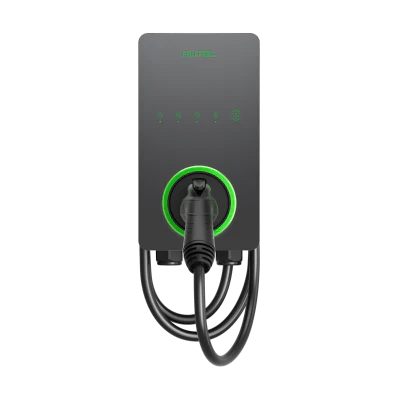
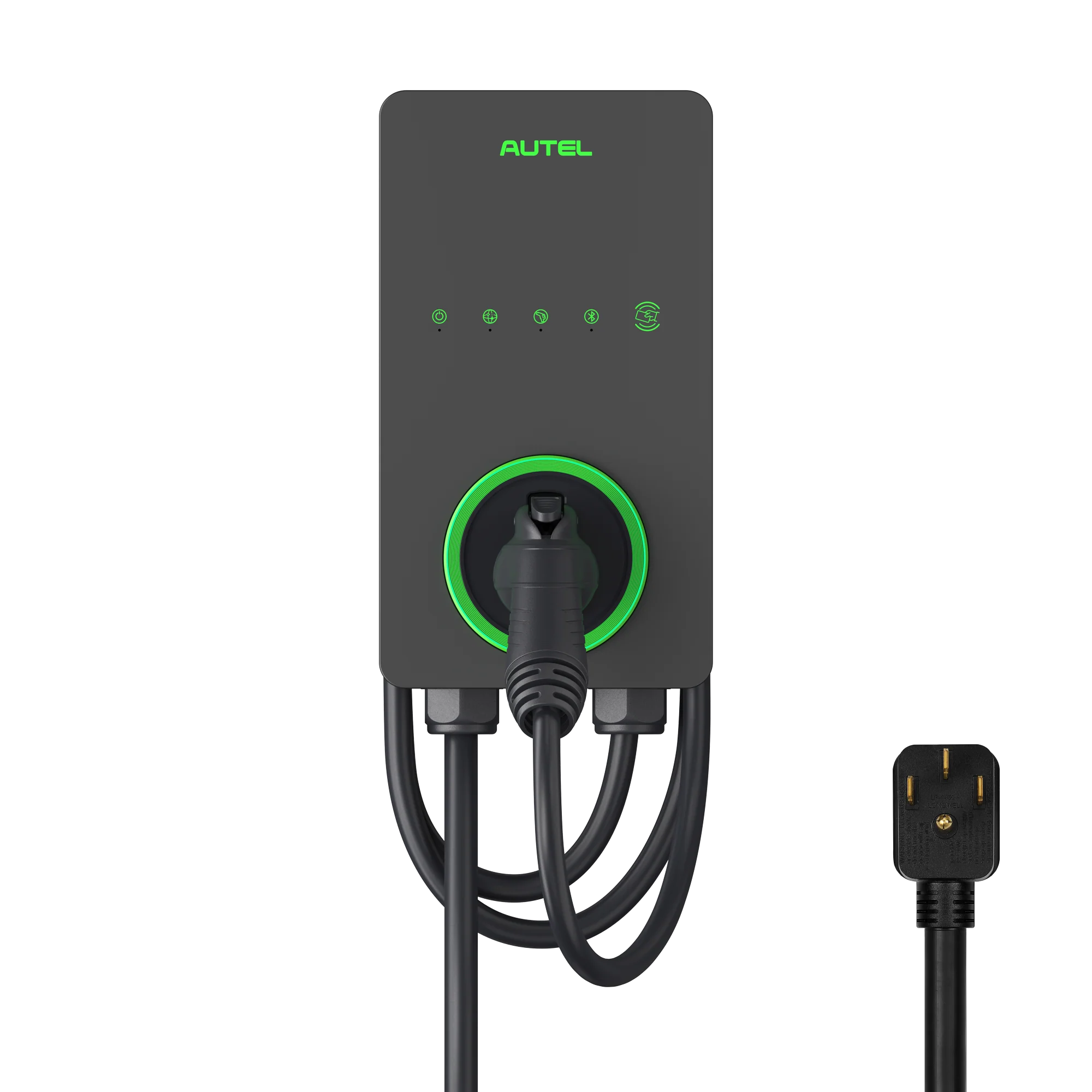
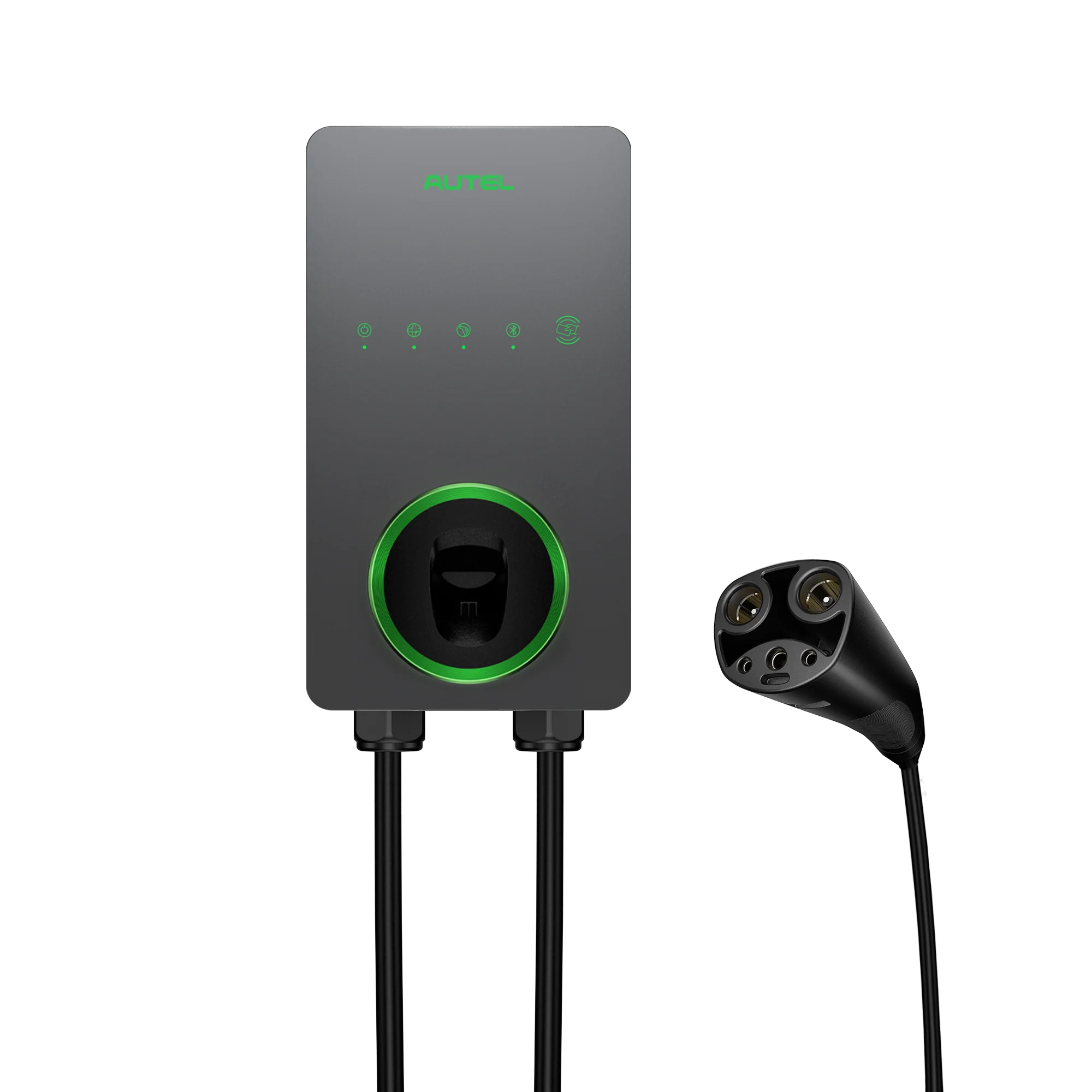
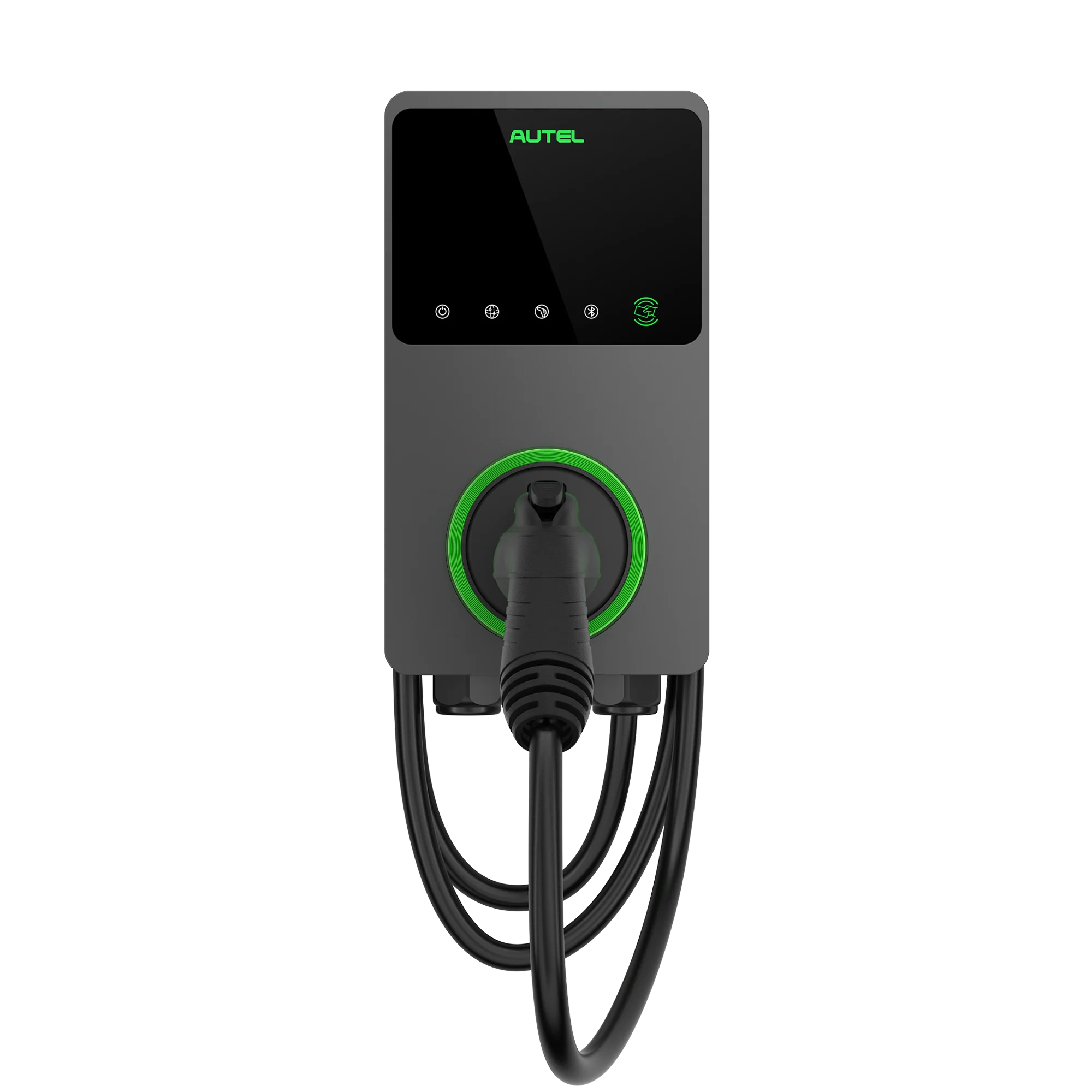
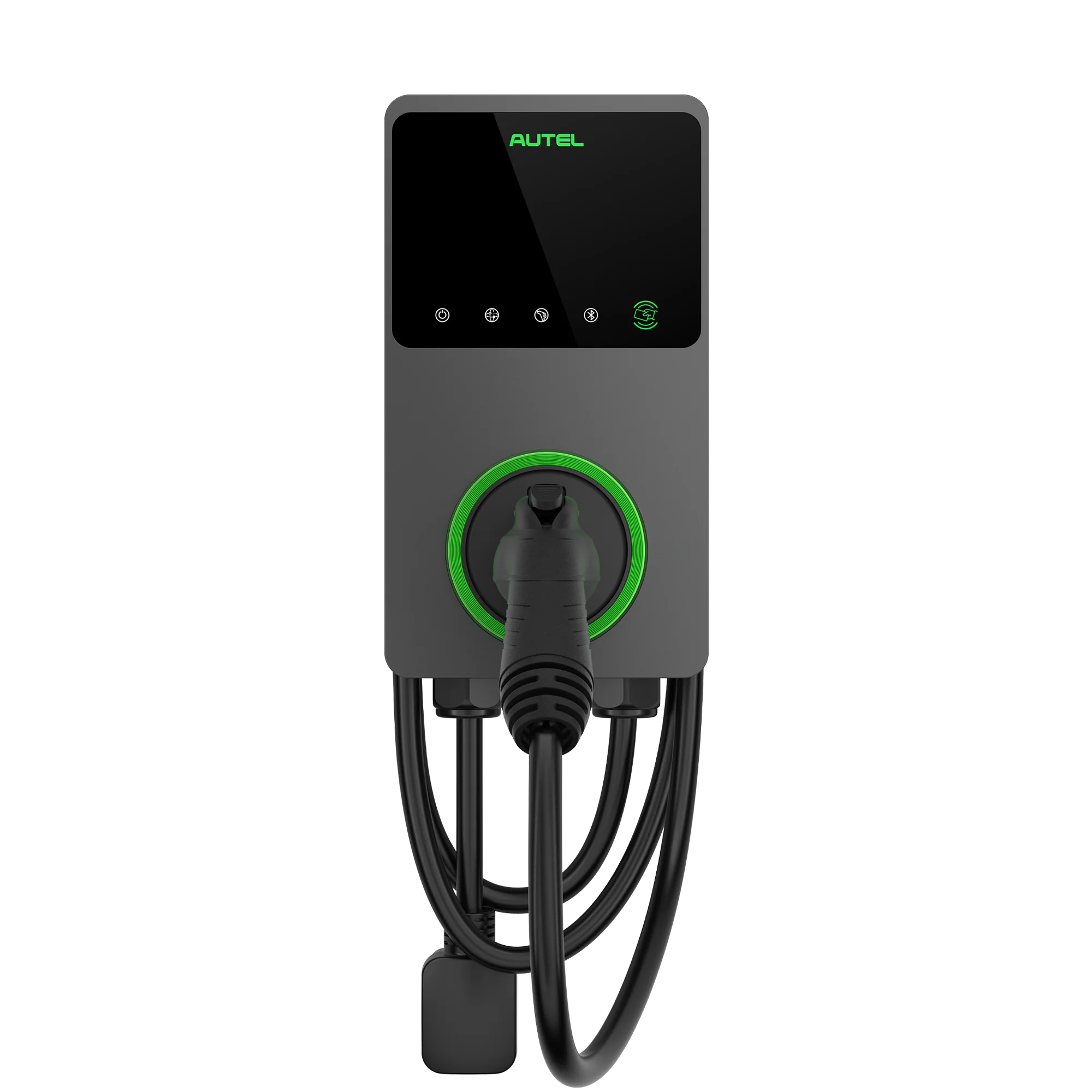
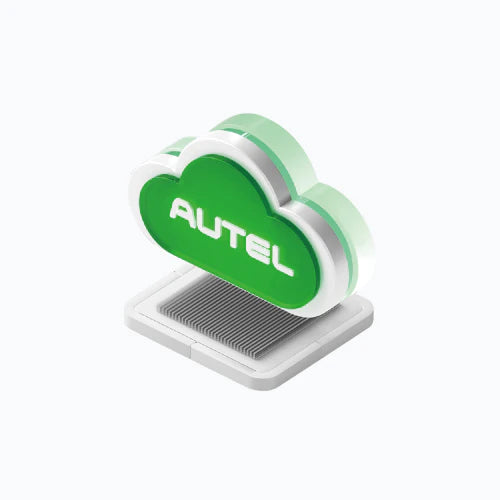
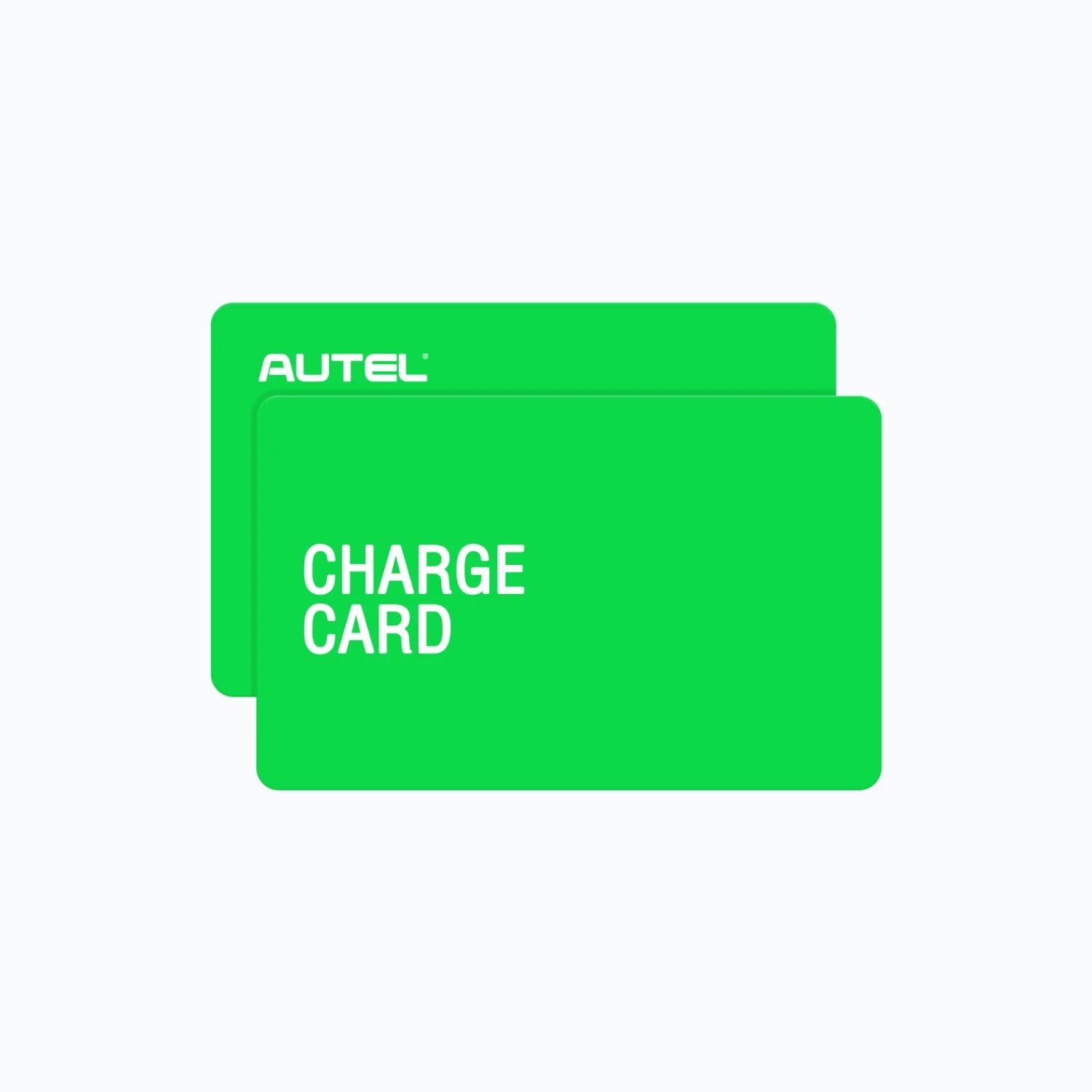
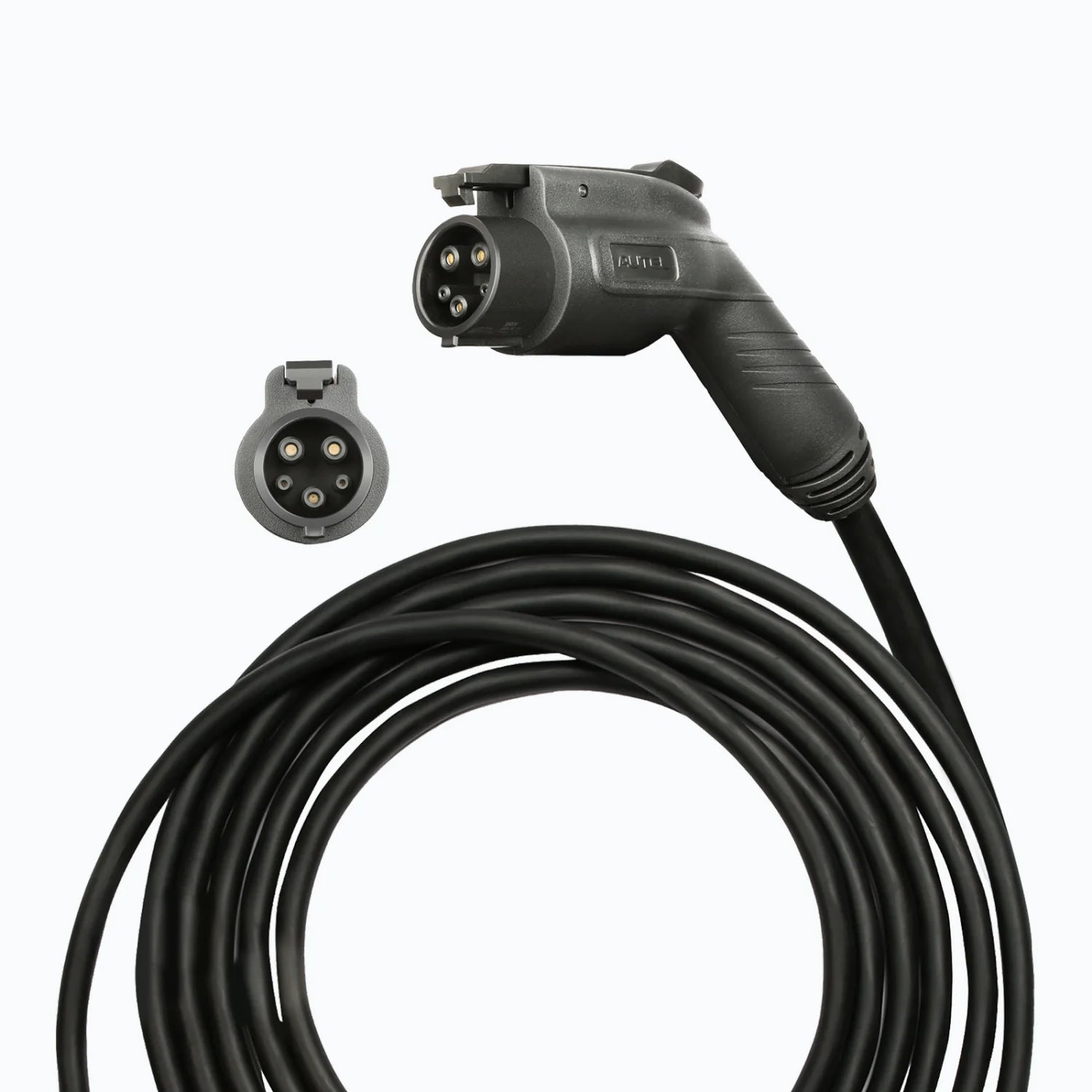
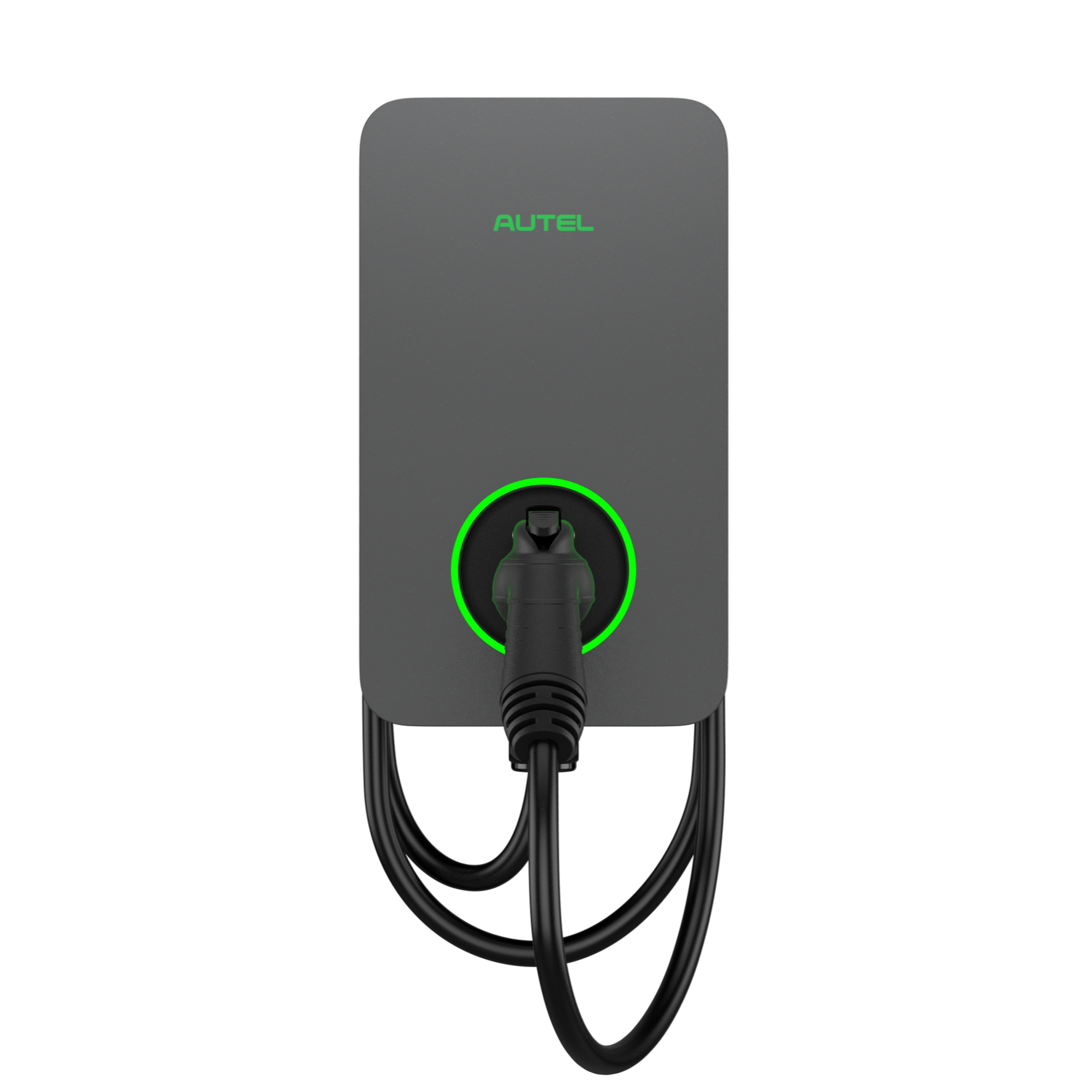

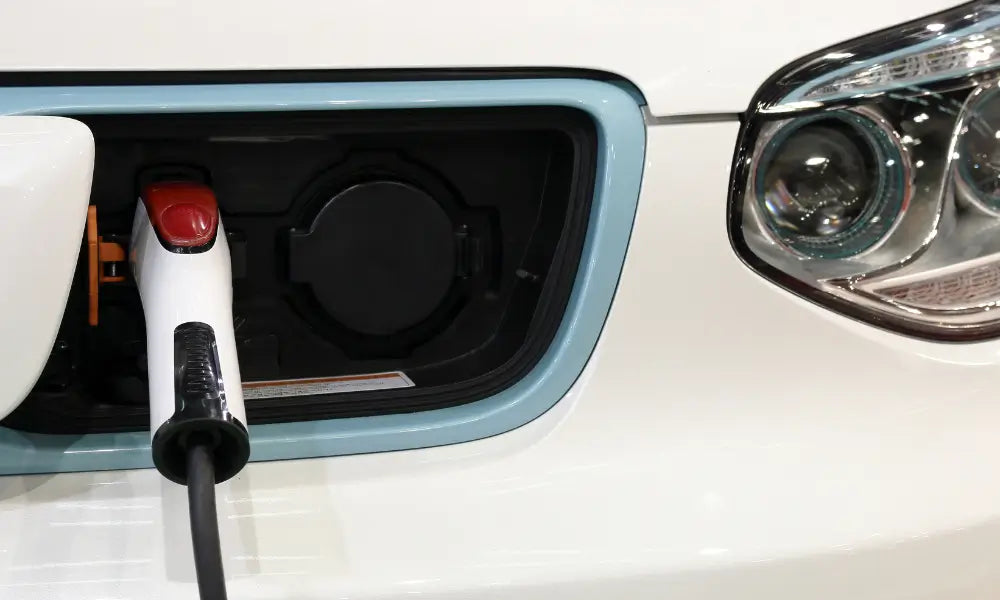
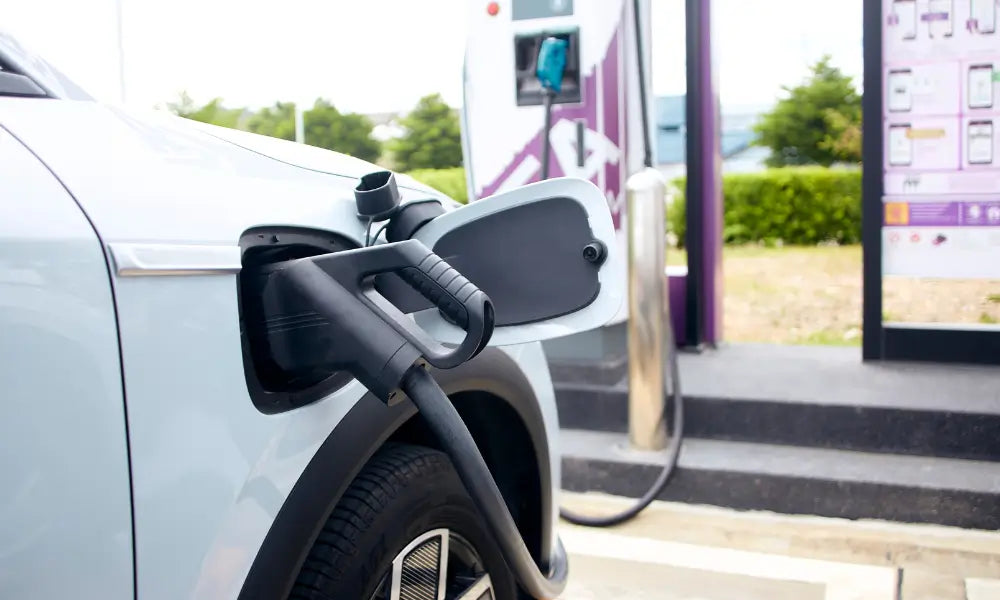

Leave a comment
All comments are moderated before being published.
This site is protected by hCaptcha and the hCaptcha Privacy Policy and Terms of Service apply.